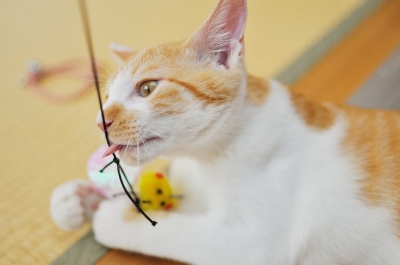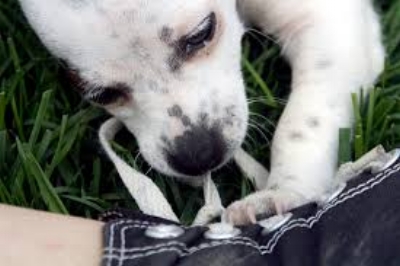A healthy pet is a happy pet! And experts recommend many things for keeping pets physically healthy, including making sure they have vaccinations and regular checkups and get good exercise and nutrition. Read on for four tips for optimal pet nutrition to to keep your pet healthy and happy.
1. Provide clean water. Like humans, pets need clean water to drink to keep the systems in their bodies working well. While pets can get water/moisture from some of their food (such as wet food for dogs and cats and fruits and veggies for lizards, rodents and birds), providing clean drinking water each day will help them stay hydrated and healthy.
Providing clean drinking water in clean dishes helps pets stay healthy and hydrated. Photo from Discover Magazine.
2. Give your pet a balanced diet. Pets get most of their nutrition from their food and treats, so choose a quality food that provides a balance of the nutrients they need. Reptiles, rabbits and birds need fresh fruits and veggies daily, but aside from that, table food is rarely good for pets, and many can be toxic. Do your research to avoid giving your pets food that can be toxic to them, and consult with your vet to find the right balanced diet for them.
3. Supply essential vitamins and minerals. Vitamins and minerals help your pet’s metabolic functions. Most vitamins will be provided by a balanced diet, unless your vet diagnoses a vitamin deficiency that requires supplements to balance. It may be important to provide minerals to some pets, such as salt licks to rabbits and horses, and cuttlebones to birds.
Salt licks help horses and rabbits absorb essential minerals for their health. Photo by PBS.
4. Include essential fats. Fats give pets energy and provide protection for internal organs, and maintaining a healthy level can help keep skin problems at bay. Many pet foods include essential fats, but adding some in the form of coconut or palm oil may be important to maintain healthy levels.
Follow these steps and consult with your veterinarian to for optimal pet nutrition for your pet’s health and happiness.

















